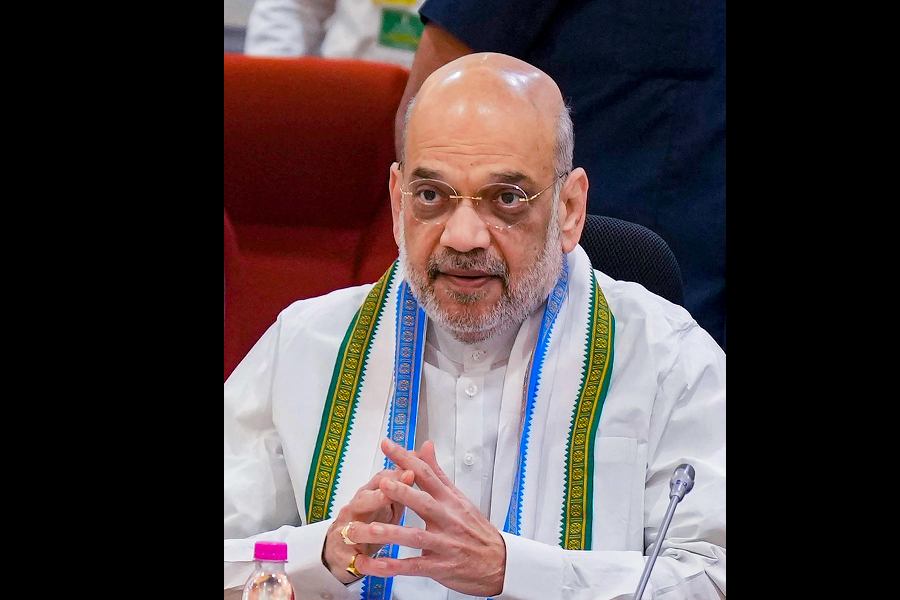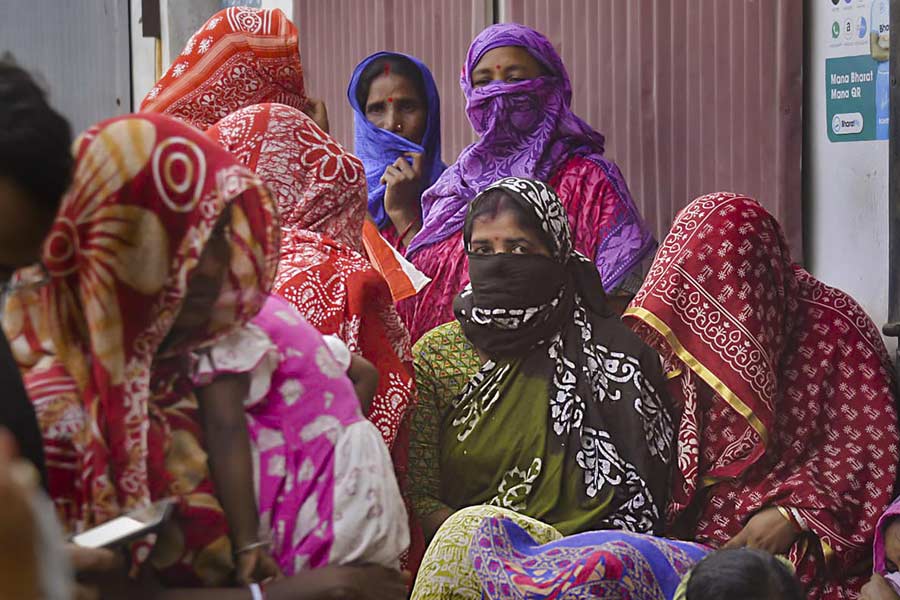 |
 |
| The Tarapur Atomic Power Station, Maharashtra, and (above) the damaged Fukushima Daiichi plant |
As the tsunami-hit Fukushima Daiichi nuclear power plant in Japan continues to fuel fear, an anxious Indian nuclear establishment has pushed itself into an overdrive claiming Indian reactors are better equipped to handle a calamity.
The statement comes in the wake of Prime Minister Manmohan Singh ordering a fresh look into the safety of the 20-odd nuclear power reactors operating in the country under the aegis of the state-owned Nuclear Power Corporation of India Ltd (NPCIL). Civil society has also called for a moratorium on nuclear power expansion till a transparent public safety audit is in place.
It’s a fact that Indian plants have additional safety features, acquired over the years through technology upgrading and safety reviews by the Atomic Energy Regulatory Board (AERB). However, it is difficult to say whether they would be adequate to save a plant if faced with a March 11-like devastating event.
The Fukushima Daiichi complex — which has a total of six reactors (three were off grid for maintenance when the accident occurred) — was designed keeping in mind the possibility of earthquakes. This trembler, however, exceeded the maximum it could resist. Following the 9.0 magnitude earthquake, all three functioning reactors shut down automatically. The trouble began when the ensuing 10-metre high tsunami knocked off the back-up generator power. And alternative resources weren’t available either, thanks to the devastation. A US nuclear scientist of Indian origin, however, told KnowHow the plant wasn’t designed to withstand a tsunami of this power.
How would Indian reactors respond? The authorities are taking refuge behind the fact that India may not witness similar catastrophic events, as indicated by historical records. There are only a couple of nuclear power plants located in the coastal areas — the Madras Atomic Power Station (Maps), Kalpakkam, and the Koodankulam plant (both in Tamil Nadu). The latter is still to start functioning.
“A natural catastrophe of this magnitude is unlikely in most parts of India,” says Swadesh Mahajan of the Institute of Fusion Studies, University of Texas at Austin.
Unlike in Japan, nuclear plants in India are not located in seismically sensitive areas. Barring the Narora Atomic Power Station (Naps) in Uttar Pradesh, which has two 220 MW reactors, they are in the moderately earthquake-prone seismic zones II and III. Because of its proximity to the seismically-active Himalayas, Naps falls in a seismic zone of IV. “It is designed taking into consideration that it may experience a severe earthquake during its lifetime,” says its station director B.B. Mittal.
“The plant can survive a tremor of up to 7.5 on the Richter scale,” explains R.K. Chadha of the National Geophysical Research Institute, Hyderabad. As the Himalayas are around 300km away, Narora is unlikely to experience a ground shake higher than that, Chadha says.
Former AERB secretary K.S. Parthasarathy points out that AERB doesn’t allow nuclear power stations in the more quake-prone seismic zone V. Besides, all the nuclear plants have to fulfill certain conditions. They have to be designed considering two levels of quakes — S1 level earthquake or Operating Basis Earthquake and S2 level or Safe Shutdown Earthquake.
The reactors will automatically shut down if there are heavier tremors.
When such a shutdown occurs and if the main power supply isn’t available (which is needed for cooling the reactor), diesel generators get started, says Mittal. And even if these fail, there are battery back-ups that can run for several hours. As a third tier of safety, fire hydrants are kept as stand-by.
“When we formally shut a nuclear reactor, we shut it only from the fission chain reaction and not from energy production altogether,” says Mahajan.
Though the plant shuts down, it needs to be cooled because heat continues to be generated for some more time. In one day, it comes down to less than 2 per cent and to about 1 per cent in five days with proper cooling. “So, many days of cooling are required before a real shutdown happens,” he says.
“This means we cannot flip a switch and go home. We have to continue cooling the core long after the switch is turned off. And most nuclear accidents (Three Mile Island, Fukushima) seem to be happening at this stage,” says Mahajan.
There’s a need to strengthen the defence against such mishaps that are called loss of coolant accidents, or Loca, says Mahajan. This can be done by applying cooling mechanisms which do not require electricity.
Indian reactors already have some sort of passive cooling mechanism as a safety measure, says Parthasarathy. This works on the basis of a physical phenomenon called thermo-siphoning and does not require any mechanical pump.
The country has not faced any major nuclear incident. The biggest was in 1993, when a fire broke out in Naps. “With the fire, there was a ‘black out’ (loss of all power supply) for 17 hours. Thermo-siphoning took over and there was no fuel failure or related consequences,” he adds.
Following the tsunami of 2004, which flooded Maps, new safety measures were incorporated, even though the existing measures were found to be adequate, NPCIL officials state.
The Koodankulam reactors are located on an elevation of 7.5m, while a new fast breeder reactor being built at Kalpakkam has an elevation of 9m from the mean surface level. “This is adequate protection in the event of a tsunami,” says Maps station director K. Ramamurthy.
However, despite the claims of the Indian nuclear establishment, not many are convinced. “The public has no knowledge of the safety measures being adopted,” says Suvrat Raju, a physicist with the Harish Chandra Mehta Institute, Allahabad, which is incidentally funded by the Department of Atomic Energy (DAE). Despite nuclear energy being an inherently risky business, which needs strong independent supervision, the AERB is under the administrative control of the Atomic Energy Commission whose chairman is the DAE secretary, he adds.
Mahajan agrees. “India should have a strong independent Nuclear Regulatory Commission whose members are not beholden to the DAE or any public sector agency like the NPCIL.” In Western nations, members of the regulatory body belong to universities, national labs, industry and so on. It is, after all, a public department of great power, he says.
Are our nuclear fears misplaced? An impartial AERB can answer better.










